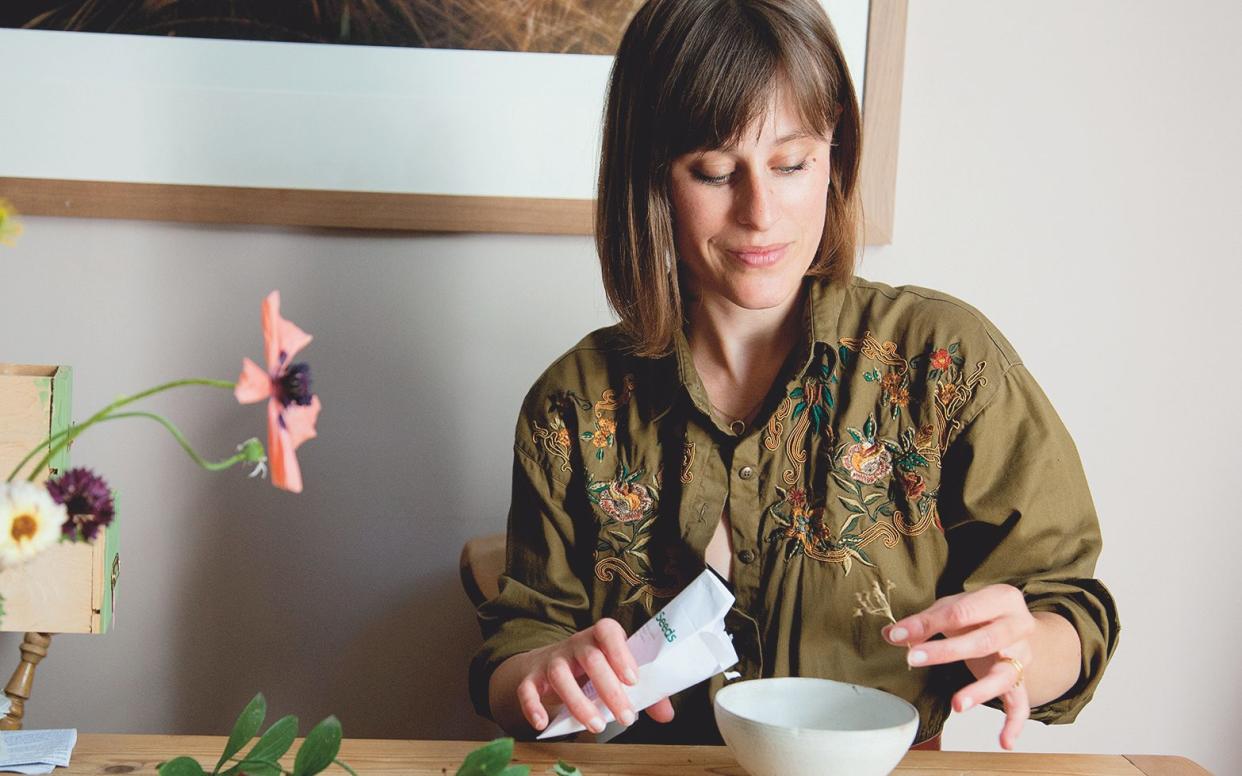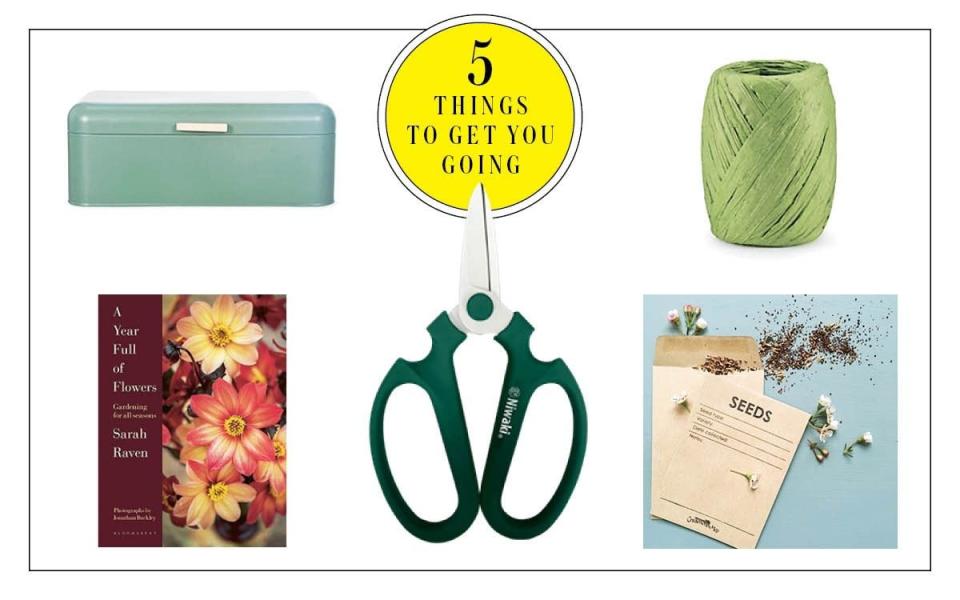How to save seeds to sow and grow next year

Despite there being a flight of stairs between them, all manner of things from the garden end up in the kitchen. Secateurs, Tupperware full of food scraps, twine (always twine). Of late, though, it has been a handful of slowly withering stems of calendula that have gone to seed. There they will sit for several weeks until I’ve collected enough.
I’m seed-saving, you see. For the uninitiated, it’s pretty much as it sounds on the tin: saving the seeds of plants in order to sow and grow them next year, without having to pay out for more (or, worse, to remember to order the bloody things).
I can’t help but feel there’s something romantic about seed-saving – that I’m really making the most that the whole plant has to offer. Many of the plants I’m saving from are annuals, sown at the start of the season. To save seeds at the end feels like tying the growing year in a bow while looking forward to next year.
There’s also good horticultural sense to it: if a plant has thrived in your garden this year, you have a far better chance of knowing its seed will work again. That surety, especially given the precarity of the past growing year, makes them far more valuable than an untried packet.
Saved seeds make good gifts, too. Shortly after I moved in here, I received a generous bundle of seeds from author and grower Rebecca Schiller. A year on and many of these gifts have bloomed and are on the to-save pile – white pom-pom poppies and calendula ‘Sunset Buff’. The borage that is filling my garden has come from another friend. I intend to do the same with my saved seeds: sharing, swapping. It’s a nice thing to do, as endeavours such as Brighton’s annual Seedy Sunday will attest.
Finally, there’s the innate radicalism of saving your own seeds. It’s a thorny subject to address in such a small space, but campaigners believe that seeds should belong to everybody, rather than a handful of agrochemical companies – and it’s difficult to disagree.
How to do it? First check that you’re harvesting from open-pollinated (OP) plants, rather than F1 hybrid seeds, which don’t reproduce, so won’t work (check the packet or supplier of the original plant). You’ll want to harvest seeds that are ripe – seed heads that have turned brown, black or red from their original green – but before the seed heads have started to open and shed everywhere. If that’s happened, let it be; the seeds will germinate in the ground.
Once you’ve cut your stems, leave them somewhere warm and dry to crisp up; it’ll allow you to shake the seeds out more easily. Listen for the rattle, then shake each different variety over a bowl or container. Remove any of the chaff – the plant matter around the seed – which can lead to rot. Divide into envelopes and label – it helps to date and make any notes on sowing tips, especially if you’re giving them away. Seed storage is best somewhere dry, contained and unlikely to be raided by mice.

Vermin-proof and chic? I’m in. Seed box, £35, Garden Trading
Helpful to know what to grow. A Year Full of Flowers, £25, Sarah Raven
To be kept out of the kitchen drawer. Flower scissors, £32, Niwaki
For tying up those seed-bundle gifts. Raffia, £2.36, Raja
Best written on before you fill them. Seed envelopes, £4.95, Willow & Stone
Follow our Stella Facebook page for the latest from Stella Magazine, and join the Telegraph Women Facebook group, a place to discuss our stories


